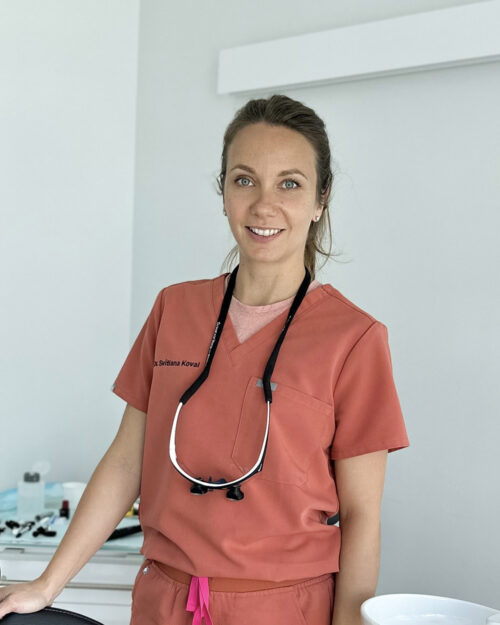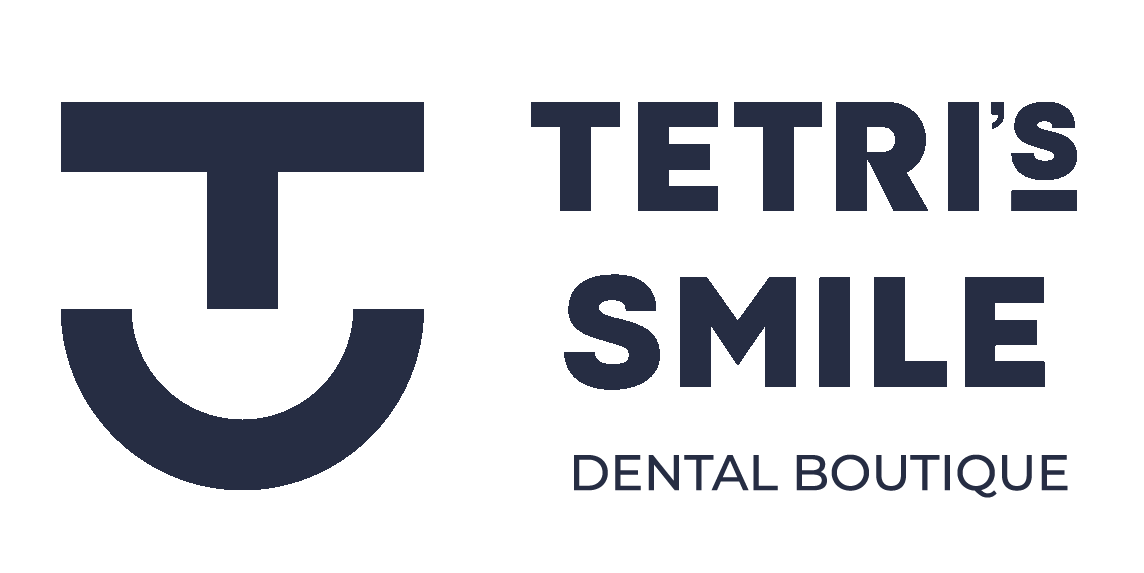Aligners
In just under two minutes, you will be able to visualize your future smile
We always follow through with the treatment plan
We practice neuromuscular dentistry
At Tetri’s Smile in Sunny Isles Beach (Miami, Florida), we use aligners to treat malocclusions in adults and children. Treatment with aligners is faster and more comfortable than with braces.
What are clear aligners?
Clear aligners are removable orthodontic devices used to straighten teeth and close the gaps between them. They are virtually invisible due to the material used to make them. Your dentist will customize a set of aligners for your teeth after taking a 3D scan. The package will include various sets of aligners designed to gradually shift the position of your teeth.
How do aligners correct malocclusion?
Aligners fit snugly on the teeth and gradually shift them into the desired position. They must be worn 20-22 hours a day. Every 1-2 weeks (depending on the doctor’s recommendation), the aligners are replaced with a new set.

We seek out the underlying cause of malocclusion and adhere to the use of neuromuscular dentistry before teeth alignment. We use Invisalign aligners after tooth extraction or in preparation for full mouth reconstruction for dentures and implants.
Straightening the teeth with aligners is better than using traditional braces.
- Unlike braces, which are notoriously uncomfortable to wear, aligners are easy to put in and take out of your mouth
- Faster treatment means fewer visits to the clinic
Achieve your perfect smile with Invisalign aligners!
Teeth straightening at Tetri’s smile
We take our time to properly diagnose each patient and be attentive to their needs. Our comprehensive approach allows us to establish a unique and personalized treatment plan for each patient.
CT scan
We fully examine the position of the lower jaw, as well as the respiratory tract and nasal cavity. Additionally, we observe the external symptoms responsible for dental pathology.
When a new patient comes to our clinic, we begin by collecting data (photos of the face and teeth, and a visual diagnosis). We evaluate visual characteristics such as facial symmetry and side profile. Then, we take photos of the face and mouth. We discuss our findings with the patient and explain what is going on with his/her body. We pay special attention to children. For example, we prescribe bite correction if the child is breathing through the mouth because he/she is not getting enough oxygen.
Patient monitoring
We monitor the movement of the teeth and take all the necessary measurements.
Treatment with aligners is faster than with traditional braces. Piezocision makes it possible to complete the treatment in only seven months.
Remote treatment
We offer a remote consultation service, even for patients living in another state or country. For example, we have a patient in New York who comes in for a checkup every six months and has the perfect smile. We will send a set of aligners to your address.
We welcome anyone from any part of the world to come to our clinic to continue treatment. With one click, we can transfer your case to our patient file and proudly take you on as our patient.
Stages of teeth straightening with aligners
We perform a CT scan to analyze the structure of the teeth and roots, and the condition of the bone. We take a photographic record of the smile, face, and intraoral photographs.
The dentist immediately transfers all data to the patient file. Then, they take an intraoral scan of the oral cavity and load a digital impression into the program. They prepare a mockup of the smile, devise a treatment prognosis, and explain the steps of teeth alignment.
The dentist performs a professional oral cleaning, removes plaque and tartar, and treats cavities and inflammation.
The dentist will provide you with an orthodontic kit and help you put your aligners on. If necessary, they will adjust them for a tighter fit. Your dentist will provide recommendations on how to replace and look after your aligners. After consulting with the patient, Piezocision may be prescribed in order to accelerate tooth movement.
The dentist will schedule regular check-ups to evaluate your progress.
After your treatment with aligners, the dentist will create a retainer to keep your teeth in the correct position or to prepare you for a full mouth reconstruction.
Dr. Tetri – a specialist in full mouth reconstruction
We finish everything we start. If something looks wrong at the end of the treatment, we do a free scan to ensure quality satisfaction.
Correcting the cause of bite problems
The cause of many bite problems and disorders is primarily due to malocclusion. For example, if a child is chronically deprived of oxygen, the body tries to compensate by breathing through the mouth, which leads to the accumulation of bacteria and enlarged tonsils (in 70% of cases, the removal of tonsils does not help). Breathing habits play a significant role in the development of bite problems. If we do not correct the problem in time, the jaw will continue to recede, and the face will expand even more.
How long does treatment with aligners take?
You can achieve a beautiful new smile in as little as six months! We can help establish the best treatment plan for you.
Modern equipment for aligner treatment
Digital Smile Design is ready within 1.5 minutes of the patient’s assessment at the clinic. The doctor shows the patient how their new face and teeth will look after transformation, and uploads a photo of their face to the patient’s file. He describes the step-by-step process of how the bite will be corrected, how the position of the face will change, and how facial wrinkles will be smoothed out.
The cartilaginous discs of the upper and lower jaws are analyzed by opening and closing the mouth. The doctor attaches a headphone-like device to the left and right joints near the ears. The device produces vibrations that are used to detect changes in the disc, the bone surface of the joint, and ankylosis. If necessary, an MRI scan is prescribed.
We determine the degree of facial muscle contraction to within 10 microns in accuracy. Sensors are placed on the temporal lobe and lower jaw. A comprehensive diagnostic of the neck and joint muscles during chewing and at rest is performed.
The patient bites into a sensor, which shows us the distance between the teeth. The specialist determines the strength of the bite, the distribution of pressure on the jaw, and dental occlusion.

